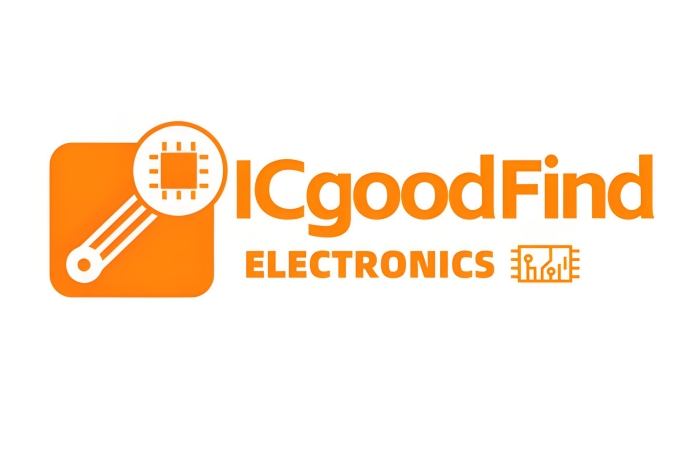**ADZS-HPUSB-ICE: A Comprehensive Overview of the High-Performance USB-Based Emulator**
In the realm of embedded systems development, particularly for complex digital signal processors (DSPs) and microprocessors, the emulator is an indispensable tool. It serves as the critical bridge between the software running on a host computer and the silicon hardware of the target processor. The **ADZS-HPUSB-ICE** from Analog Devices stands as a premier example of a high-performance, USB-based emulator, designed to provide engineers with robust debugging and programming capabilities.
The primary function of the ADZS-HPUSB-ICE is to facilitate **real-time in-circuit emulation** for a range of Analog Devices' processors, most notably the Blackfin and SHARC families. Unlike simple programmers, this emulator allows developers to interact with the target processor at a deep level. Engineers can **set complex breakpoints, examine and modify memory contents, and profile code performance** in real-time, all while the processor is operating within its actual target environment and often at full speed. This is crucial for identifying and resolving timing-related bugs and optimizing system performance.

A key advantage of the ADZS-HPUSB-ICE is its **high-speed USB 2.0 interface**. This connection provides the necessary bandwidth to transfer large volumes of data—such as program code, memory dumps, and real-time trace information—between the host PC and the target system quickly and efficiently. This speed minimizes wait times during debugging sessions, significantly accelerating the development cycle. The emulator is typically paired with a powerful Integrated Development Environment (IDE) like CrossCore Embedded Studio, which provides a unified graphical interface for managing all debugging activities.
Furthermore, the emulator features a **JTAG (Joint Test Action Group) interface** to connect to the target board. JTAG is an industry-standard protocol for testing and debugging printed circuit boards after assembly. It provides direct access to the processor's internal registers and functions, enabling non-intrusive monitoring and control. The ADZS-HPUSB-ICE leverages this standard to offer a reliable and stable connection, ensuring data integrity during critical debugging operations.
The hardware is designed for reliability, often incorporating features like **target voltage compatibility** and robust electrical isolation to protect both the host computer and the expensive target hardware from potential damage due to voltage mismatches or spikes. This makes it a trusted tool in laboratory and field settings.
**ICGOODFIND**: The ADZS-HPUSB-ICE emerges as an essential tool for embedded developers working with Analog Devices' high-performance processors. Its combination of a high-speed USB interface, deep real-time emulation features, and reliable JTAG connectivity provides a powerful platform for debugging complex, real-time applications, ultimately reducing time-to-market for innovative products.
**Keywords**: Real-Time In-Circuit Emulation, JTAG Interface, High-Speed USB 2.0, Analog Devices Processors, CrossCore Embedded Studio.
